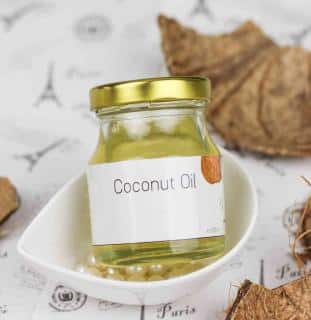

Infusing lavender oil is quite simple and doesn’t require any heavy equipment. All that’s needed is a carrier oil and the flowers from any type of lavender.
Read also:
Lavender flowers, when steeped in another oil, will share its scent and active compounds. Much like tea makes water taste good and gain soothing benefits, it’s possible to steep lavender blooms into almost any type of carrier oil. The three steps to follow are:
You won’t need any equipment, nor will you have to heat and cool the product.
List of items needed to infuse lavender oil:
As for your lavender oil ingredients, only two are needed:
The lavender flowers can come from any variety (well, except for non-lavandula species like sea lavender and the like). Varieties that will have the strongest scents are lavandin (a sterile hybrid) and Portuguese lavender. Other species work very well, too, though, so don’t fret much about that.
As regards the oil, it’s important to select an oil that you already like to use pure. For instance, argan oil is very soft for massaging and doesn’t have a strong scent. Coconut oil is also very light, but its strong scent will remain in addition to that of lavender: make sure you like the olive oil fragrance, too!
The oil that will absorb the scents and compounds from the lavender, is called a “carrier oil“: it carries the flower’s properties along with its original benefits.
 Apart from your preference as to the carrier oils’ scent, there are two other considerations:
Apart from your preference as to the carrier oils’ scent, there are two other considerations:
Shelf life is how long it takes for the carrier oil to go rancid. When it does, it gets a horrid, smelly scent and taste and must be thrown away.
Oils that are “greasy” might suit dry skins better, but they take longer to massage into the pores and skin cells. Oppositely, “light” oils easily dry off and won’t stain clothes as much.
If you make small quantities of oil for use within a few weeks, it isn’t necessary to dry them. However, if you intend to make a batch that will last you through the year, then it’s crucial to dry the flowers very well.
Remove the stems and keep only the flower buds. If it’s too much work, at least snip the stems short to only keep the spike (or panicle).
Bruising and crushing the flower buds will greatly increase the intensity of the infused lavender oil. In a mortar and pestle, crush the grains but not into a paste. Simply bruising the buds and breaking up their structure is enough.
This step is straightforward:
Wait for two to three weeks. Room temperature is enough, though having a slightly warmer environment will help infuse faster. Some try to increase the temperature by heating but there’s a risk of breaking compounds down if you heat too much.
Two or three weeks later, open the jar and pour the oil through a filter. Toss the spent flower material out and collect the oil.
If your lavender plant is still blooming, you can use the same carrier oil for a second round of infusion.
I left mine for 8 weeks
I think I ruined it! It smelled so good a few weeks ago. Now it doesn’t smell good to me.